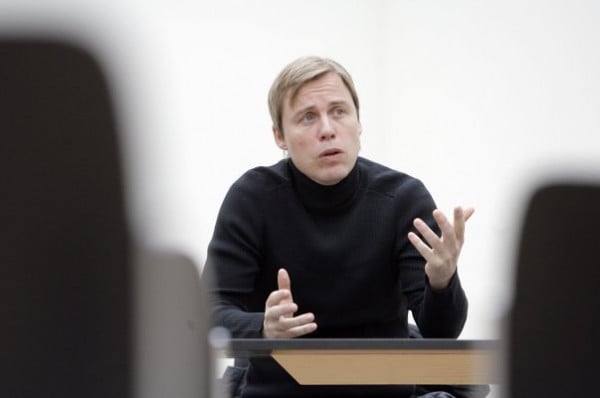Art & Exhibitions
Gregor Schneider Installation Banned


Alexander Forbes

The mayor of the German city of Duisburg has pulled an installation by Gregor Schneider that was scheduled to open at the city’s Lembruck Museum on August 15th as part of the Ruhrtriennale, the dpa reports. The mayor, Soren Link, said that Schneider’s installation Totlast (Deadweight) might cause panic and claustrophobia following the Love Parade disaster nearly four years ago.
The tragedy, which took place on July 24, 2010 saw 21 people lose their lives and over 500 more injured when a tunnel and ramp that served as the only access-point for the Love Parade electronic music festival became overcrowded. According to Link, Duisburg is not ready for an installation such as Schneider’s in which viewers would travel through a confined series of metal tubes. He suggested that the piece’s potential to create confusion, panic, and disorientation—major themes of Schneider’s practice nonetheless—were too risky in Duisburg.
Ruhrtriennale director Heiner Goebbels called the move, “an affront against artistic freedom,” in a statement to the dpa. He continued to say that it was unacceptable that a mayor could be solely responsible for interpreting any artwork and determining whether or not it should be allowed to exist in his or her city. Apparently, that decision was made at the end of May, having arisen out of a discussion regarding building code exemptions for the artwork. But, Goebbels was only informed two weeks ago that the work must be pulled.
The report states that beyond censorship, due to the site-specific nature of Totlast, the mayor’s move effectively denies the work’s ability to exist. However, Ruhrtriennale officials were working diligently to see if Schneider might be able to create another installation for the festival in another city within the Ruhr Valley region. The nearby city of Bochum is currently at the top of that list.
Following the Love Parade disaster, then-mayor Adolf Sauerland was placed in protective custody due to threats on his life. Protesters outside his office depicted him in gallows and claimed that security provisions and preparations for the festival had been substandard. Though Sauerland denied the claims, he was removed from office in 2012.